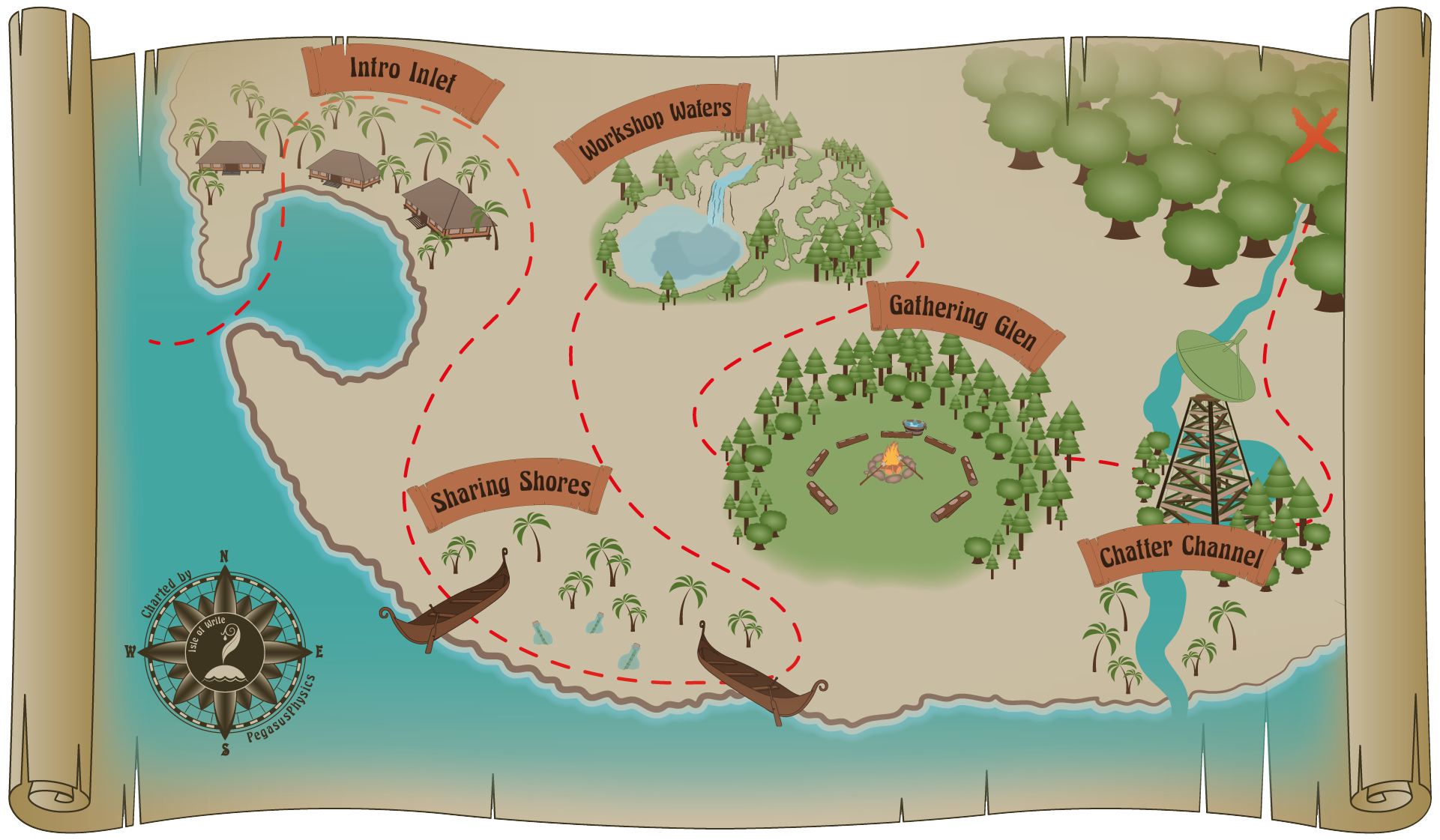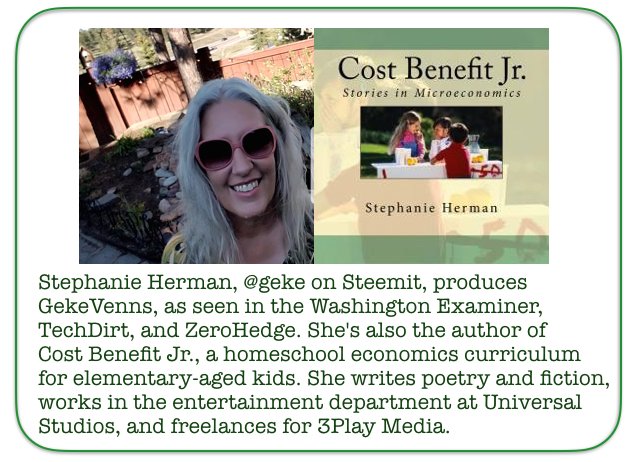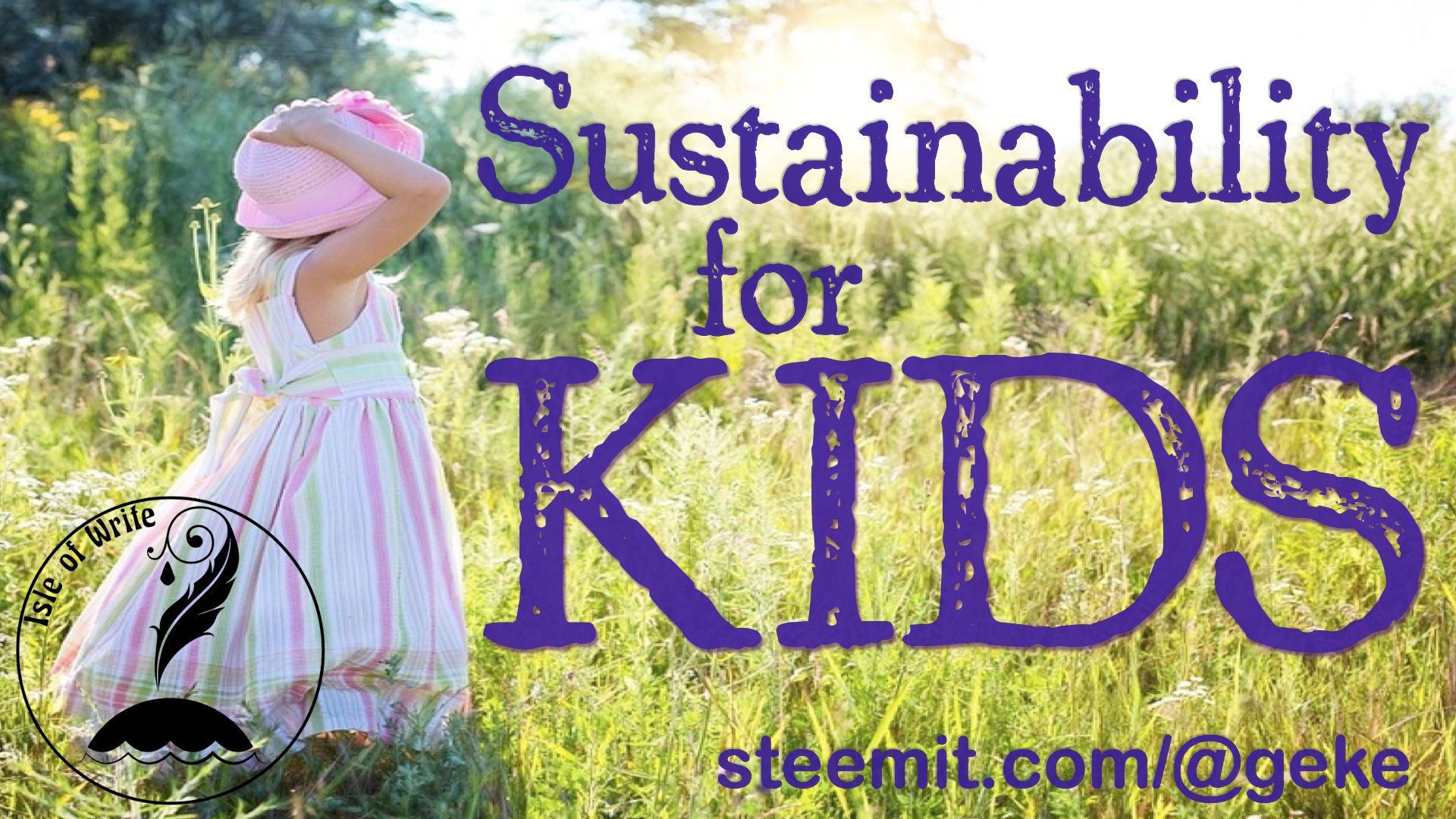
Part 1 | Part 2 | Part 3 | Part 4 | Part 5 | Part 6 | Part 7 | Part 8 | Part 9 | Part 10 | Part 11 | Part 12 | Part 13 | Part 14 | Part 15 | Part 16 | Part 17 | Part 18 | Part 19 | Part 20 | Part 21 | Part 22 | Part 23 | Part 24 | Part 25 | Part 26
Last May, Guillaume Chapron, a PhD who studies conservation, wrote an article in Nature suggesting that environmental sustainability required not central planning, but blockchain governance. We're going to look at this idea in-depth for the remainder of this series, which ends on January 30.
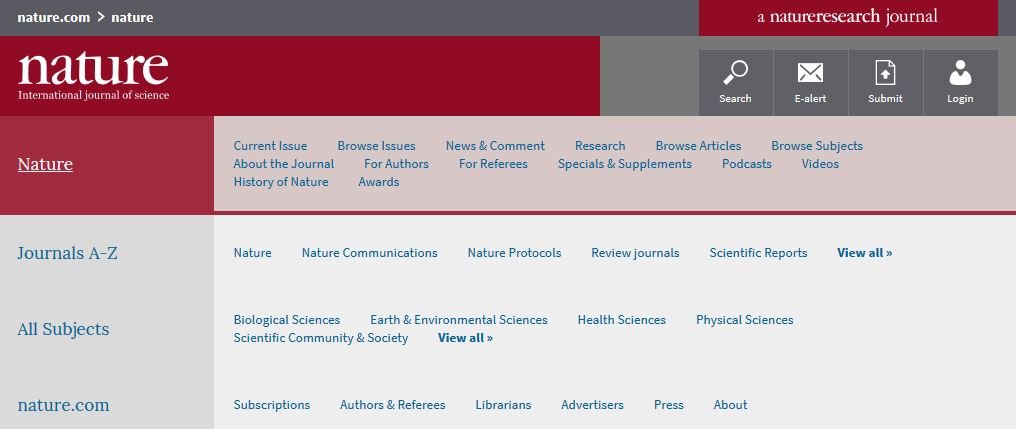
“Today's modes of governance,” Chapron wrote, “are prone to corruption and are unable to steer humanity towards sustainability, despite the ongoing global environmental crisis.” He pointed out two pertinent features of the blockchain that are applicable to environmental problems because they have to do with trust. The first is that the blockchain lacks a central authority and the second is that the blockchain assumes everyone behaves selfishly. But because the blockchain is decentralized and transparent, it retains integrity even if individual users don't.
It's really a lack of integrity in the behavior of selfish people we don't trust that causes many environmental problems (and many problems, in general). So an institutionalized government is not only unnecessary, it's unwarranted here because governments are, almost by definition, centralized and corrupt.
We don't trust corporations to stop polluting our environment. But we're also learning that we can't really trust the government to stop them, since the government is staffed through the revolving door that connects its agencies with big business.
In fact, Chapron wrote in his Nature article that, “Lawyers guarantee contracts and states guarantee the rule of law in the same way as central banks guarantee currencies.” And what are three things/people we usually joke about not trusting because of their inherently corrupt nature? Lawyers, the government, and banks.
But where humans fail to inspire trust, an algorithm can succeed. “The time is ripe for 'cryptogovernance', in which trust, law and enforcement are outsourced to computer code.”
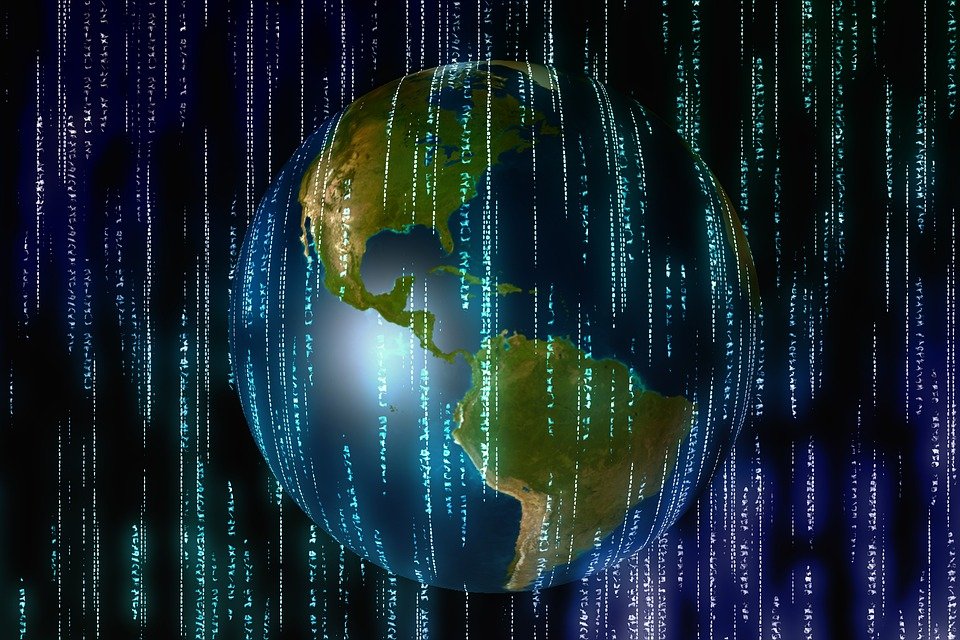
The blockchain has many more uses than simply supporting financial transactions. Chapron believes the blockchain can replace government laws pertaining to the environment using smart contracts.
So what are smart contracts?
Some people have described them as just a piece of “if....then” code: any set of programmed instructions that can be recorded on the blockchain, read from the blockchain, and then implemented.
A good way for kids to understand smart contracts is to watch one being created. Here's a great video that shows how to code a smart contract for a simple transaction between a child and the Tooth Fairy:
Tomorrow, we'll look more deeply into how smart contracts might be able to regulate many facets of our environment and improve sustainability.
This article is one of a series I'm writing for the 30 Day Writing Challenge hosted by @dragosroua. If you want to join, write on a topic that interests you or that you'd like to learn more about and use the tag #challenge30days. As Dragos says, "The key word sequence here is: "write every day."

Think you'd like to wash up on our shore?
The treasure map will bring you right to our door!
